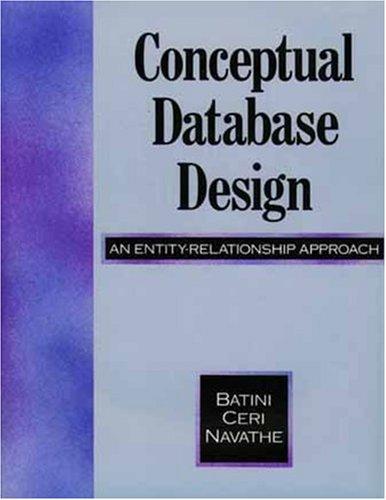Question
Hello, below is my code for a MULTIVARIATE LINEAR REGRESSION model. I tried to develop the model from scratch using gradient descent to solve the
Hello, below is my code for a MULTIVARIATE LINEAR REGRESSION model. I tried to develop the model from scratch using gradient descent to solve the parameters. I also included the graph that is plotted when the code runs. I would like to also include a polynomial regression with the graph. If anyone can look over my code to verify that is the case and to show me how include a polynomial regression, I would appreciate it. Thank You.
import numpy as np
import matplotlib.pyplot as plt
from sklearn.datasets import load_diabetes
# Load the diabetes dataset
diabetes = load_diabetes()
data = diabetes['data']
target = diabetes['target']
# Shuffle the dataset
np.random.seed(0)
indices = np.random.permutation(data.shape[0])
data, target = data[indices], target[indices]
# Split the data into train, dev, and test sets
train_data = data[:int(0.7 * data.shape[0])]
train_target = target[:int(0.7 * target.shape[0])]
dev_data = data[int(0.7 * data.shape[0]):int(0.85 * data.shape[0])]
dev_target = target[int(0.7 * target.shape[0]):int(0.85 * target.shape[0])]
test_data = data[int(0.85 * data.shape[0]):]
test_target = target[int(0.85 * target.shape[0]):]
# Add a column of ones for the bias term
train_data = np.hstack([np.ones((train_data.shape[0], 1)), train_data])
dev_data = np.hstack([np.ones((dev_data.shape[0], 1)), dev_data])
test_data = np.hstack([np.ones((test_data.shape[0], 1)), test_data])
# Define the gradient descent function
def gradient_descent(data, target, learning_rate, iterations):
theta = np.zeros(data.shape[1])
m = target.size
for iteration in range(iterations):
prediction = np.dot(data, theta)
error = prediction - target
gradient = np.dot(data.T, error) / m
theta -= learning_rate * gradient
return theta
# Train the model using gradient descent
learning_rate = 0.001
iterations = 100000
theta = gradient_descent(train_data, train_target, learning_rate, iterations)
# Make predictions on the test set
test_predictions = np.dot(test_data, theta)
# Plot the points from the model
plt.scatter(test_target, test_predictions)
plt.xlabel("True Values")
plt.ylabel("Predictions")
plt.show()

Step by Step Solution
There are 3 Steps involved in it
Step: 1

Get Instant Access to Expert-Tailored Solutions
See step-by-step solutions with expert insights and AI powered tools for academic success
Step: 2

Step: 3

Ace Your Homework with AI
Get the answers you need in no time with our AI-driven, step-by-step assistance
Get Started


